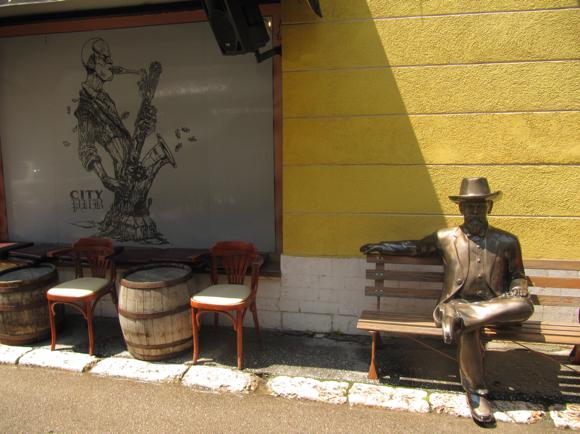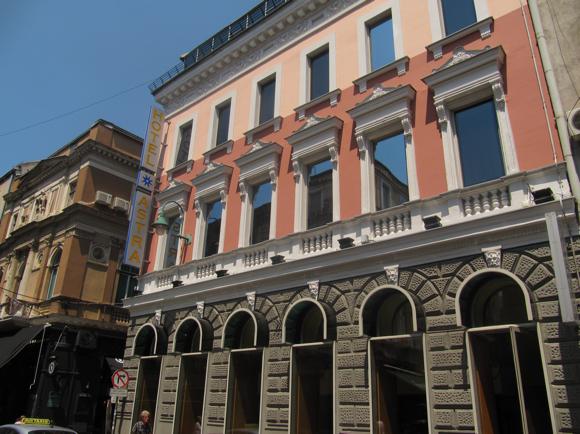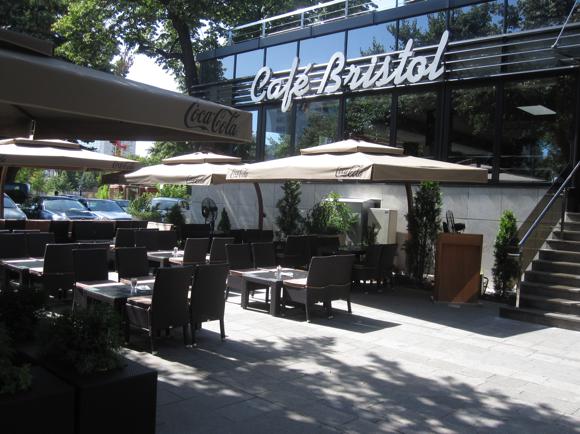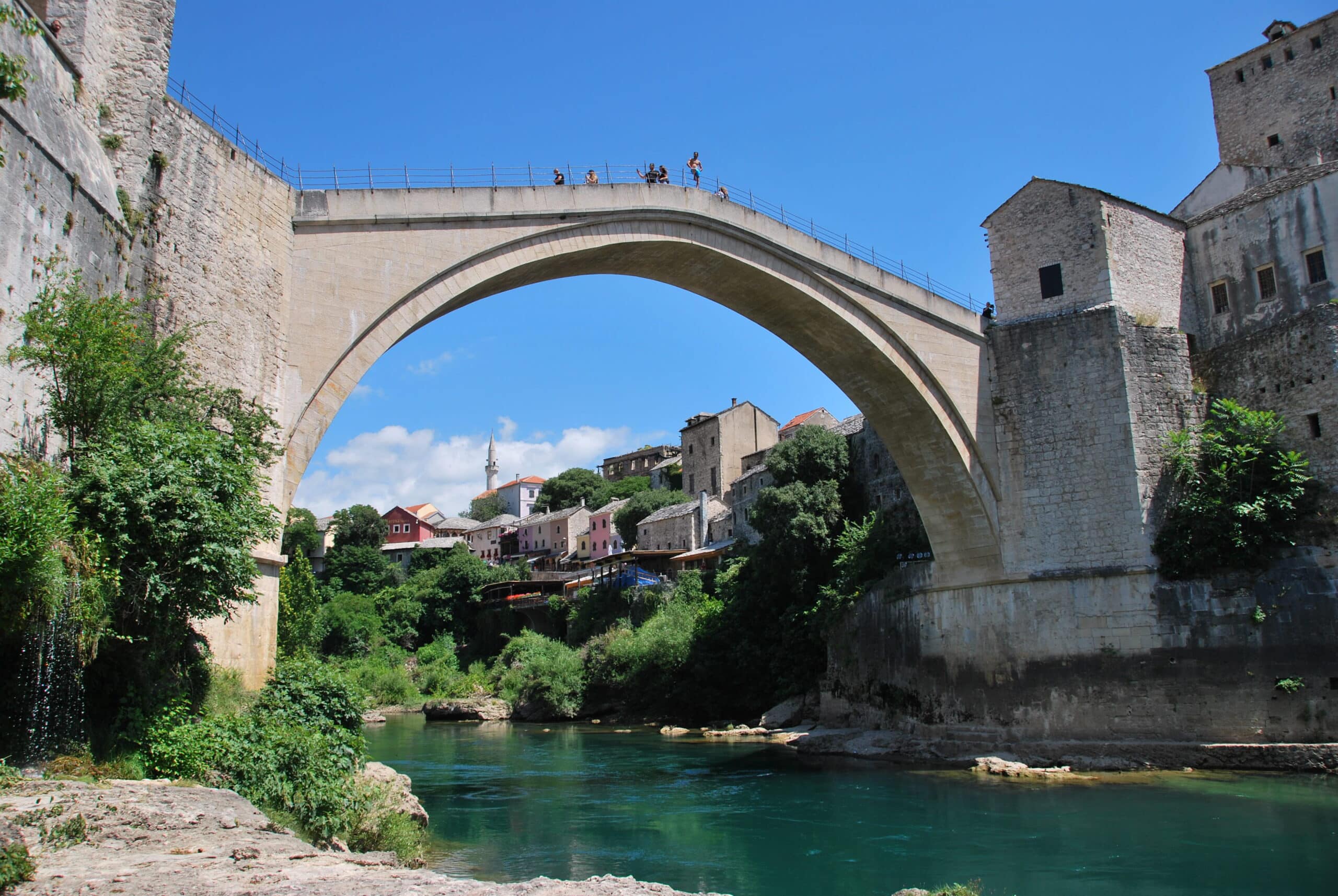Teams, tales and tips – a guide to the local game
The city known for the shot and the siege linked with major conflicts at either end of the 20th century, Sarajevo cannot fail to move anyone who visits it. Although gleaming towers and growing tourism now characterise the modern-day capital of Bosnia-Herzegovina, scars remain of the four-year bombardment of the city by Serbian forces in the 1990s.
Sarajevo had memorably staged the Winter Olympics only a few years before. The opening ceremony took place at Koševo City Stadium, also referred to as the Asim Ferhatović-Hase Stadium after the revered striker who played for host club FK Sarajevo. After nearly two decades for the Bordo-bijeli, the Maroon and Whites, ‘Hase’ led his club to their first Yugoslav title in his retirement season of 1966-67.
Narrow runners-up Dinamo Zagreb won a European trophy that same campaign, while third-placed Partizan Belgrade had not long beaten Bobby Charlton’s Manchester United to set up a closely fought European Cup final with Real Madrid. This was a very strong Yugoslav League – and won by a team from Sarajevo.

Eternal city rivals Željezničar also won the Yugoslav title, in 1972, and the two Sarajevo giants later claimed ten Bosnian championship between them, the most recent FK’s in 2019.
While Koševo is considered the national stadium, Bilino Polje in Zenica was long the preferred option for Edin Džeko’s Dragons. The 2018 renovation of Željezničar’s Grbavica has seen it used for international games since, however – such as for Bosnia’s 2-0 win over Northern Ireland that same year in the Nations League.
Football came to Sarajevo with the Habsburgs, as they industrialised the city in the late 1800s, bringing trains and trams. Hotels were built, including the Evropa, with its Viennese-style café, a meeting place for the sports societies that were also springing up. In 1908, local students, including the son of the hotel owner, brought a football back from Zagreb.

The boys played on fields in Cengić Vila, just over the narrow Miljacka river from Grbavica. As elsewhere in the region, Slavia Prague were used as the shining example of a football club independent from Vienna – although the Đački sportski klub (ĐSK) persuaded a young Rapid Vienna defender, Karl Harmer, to come and coach them.
Playing in the red and white of Slavia, ĐSK beat a Viennese military XI in their first match in 1911. Most team members were of Serbian origin.
Shortly afterwards, local Croats formed Hrvatski ŠK, renamed Sarajevo amaterski športski klub or SAŠK after World War I. ĐSK became the Srpski sportski klub (SSK) and set up a modest ground in the area of Koševo. It was destroyed as anti-Serb feeling swept Sarajevo following the assassination of Archduke Ferdinand in 1914.

When Sarajevo became part of Yugoslavia after 1919, peace broke out. SSK became Slavija and built another ground in the district of Marijan Dvor on Franca Lehara, a street by today’s Alta shopping centre. Renamed Šesti april after the liberation of 1945, this was the main football ground in town until it was knocked down when Grbavica was built with its stands and benches.
Between 1945 and 1950, Željezničar also played at Šesti april, as did SD Torpedo, forerunner of FK Sarajevo.
Željezničar, ‘Željo’, had been founded as a railway workers’ team in 1921. Working-class and ethnically mixed, they would suffer early defeats to the Croats of SAŠK and the Serbians of Slavija, who formed the main city rivalry between the wars. Both competed in the top Yugoslav League, dominated by teams from Belgrade, Zagreb and Split, and each achieved a runners-up spot.
During World War II, Slavija played in a separate Serbian league, SAŠK a Croat one, linked to the Nazi puppet state. The incoming Communist authorities soon closed down SAŠK, who were reformed in 1999 as SAŠK Napredak. Today they compete in the Bosnia-Herzegovina’s Second League, the third tier, playing at the modest Doglodi ground in the suburb of the same name just north of the airport.

In similar fashion, the successful Slavija team was also disbanded in 1945 and reformed in the 1990s. Winning the First League of the Republika Srpska, the Serbian entity of Bosnia-Herzegovina, in 2004, Slavija spent several seasons in the Bosnian top flight. Runners-up in 2009, the Falcons competed in the Europa League that same year. Slavija are currently back in the RS First League, playing at the Gradski Stadion in the Serbian Istočno part of town towards the airport. You’ll find it at the corner of Đenerala Draže Mihailovića and Vojvode Radomira Putnika.
With SAŠK and Slavija out of the picture in 1946, FK Sarajevo was formed as SD Torpedo, in honour of their Muscovite counterparts, from local clubs Udarnik and Sloboda. Soon renamed SDM Sarajevo, then FK, the new club attracted the best players in the city.
While popular at grass-roots level, Željezničar never reached the level of SAŠK or Slavija, and gaining promotion from the Bosnian League to the Yugoslav one in 1946.
But Željo were soon overshadowed by FK, losing 6-1 in the first league city derby in 1954. And while Tito’s Yugoslavia was officially classless, well-situated Bosniaks supported FK, working-class locals on Sarajevo’s south side, Željo.

After each club enjoyed success with national league titles in the 1960s, 1970s and 1980s, the ultra fan movement took root, the Horde Zla behind FK and the Manijaci behind Željo. Derby day became a riot of colour.
With Grbavica on the front line, the stadium and the residential blocks around it suffered significant damage during the Siege. Koševo City Stadium, meanwhile, is surrounded by cemeteries.
Somehow both clubs managed to compete in the 1994-95 First League of Bosnia-Herzegovina, playing out a 1-1 draw in Zenica, before the first derby at Koševo in November 1995. Six months later, 20,000 gathered for derby day at a rebuilt Grbavica.
With separate divisions played along ethnic lines, a Bosnian league involving key Croatian teams from Herzegovina wasn’t played until 2000-01, won by Željo. Two years later, clubs from Republika Srpska also joined.

Since then, Croatian clubs from Herzegovina – particularly Zrinjski Mostar – have been as successful as the Sarajevo rivals. Players of the quality of Edin Džeko, nurtured by Željo, soon go abroad. Salaries and revenue remain modest, despite the promises of FK Sarajevo co-owner Vincent Tan to establish a full academy exchange with his own Cardiff City. No-one has made the group stages of either main European competition.
Each of the Sarajevo clubs stand atop the all-time league table since 2002-03. The only other team from the capital to appear is Olimpik, formed during the conflict in 1993, their name taken from the 1984 Games, their nickname The Wolves after the event mascot Vučko. Built and opened during the Siege, the Otoka Stadium stands just over the Miljacka from the Bosnian FA offices, near the Alipašin most tram stop.
Bosnian Cup winners in 2015, Olimpik competed once in Europe. In 2018 and 2019, The Wolves twice came close to promotion back to the Bosnian Premijer.
Getting Around
Arriving in town, local transport and timings

Bosnia-Herzegovina is outside the EU but allows all EU citizens to enter visa-free for up to 90 days. The currency is the convertible mark (KM), with a fixed exchange rate of €1/2KM.
Sarajevo Airport 6km (four miles) south-west of the city has direct links with the major cities of the region, Munich, Vienna, Budapest, Zagreb, Ljubljana and Belgrade.
A bus (5KM/€2.50 single, 8KM/€4 return, pay on board) runs to Baščaršija in the city centre every hour to 90mins every day. A taxi (+386 61) from Terminal B should cost about 25KM/€12.50.
There’s a limited train service from Zagreb – the rail station is just north-west of the centre, a 6KM/€3 taxi journey away and a more frequent bus service from Zagreb and Split, journey times around 8hrs and 6hrs respectively. Sarajevo bus station is on put Života near the train terminal.


The bus from Belgrade (7hrs) arrives at Istočno Sarajevo, in the Serbian part of town near the airport, a 20KM/€10 taxi journey from the centre.
City transport run by Gras consists of trams, buses and trolleybuses. Tickets (1.60KM/€0.80 or 3KM/€1.50 for 2 journeys, day pass/dnevna 5.30KM/€2.65) are available from newsstands or pay 2KM/€1 for 1 journey on board.
The historic centre is walkable but you’ll need public transport or a taxi for either main stadium, Koševo way north of the city centre up steep Alipašina, Grbavica on the south bank just over the river.
If you’re after a few football souvenirs, old-school tracksuit tops bearing the logos of either club, then the head for the stalls near Baščaršija Mosque in the old quarter.
Where to Drink
The best pubs and bars for football fans






Sarajevo beer, Sarajevsko pivo, saved Sarajevo during the Siege. Founded as far back as 1864, this became the largest brewery in the Austro-Hungarian Empire, no idle boast. Today you can visit its museum and sample the goods in the tavern, a ten-minute walk from the Latin Bridge on the south side of the river.
The main bar hub is on the north bank. Here, the City Pub has long been a major meeting place, with all kinds of live music, TV football, outdoor seating and lashings of Sarajevsko pivo. Almost next door, the Tesla Pub is named and themed after the great inventor – he’s the guy outside waiting for his next light-bulb moment. Football also shown.







There’s also live music at the friendly Celtic Pub on Ferhadija, as well as match screenings and all kinds of whiskies. Nearby, the Guinness Pub suffers by comparison but its terrace offers welcome respite from the summer sun. Also close, the Sarajevsko Pub on Koturova is a great little spot for combining the city’s namesake beer with a burger and some match-watching. The terrace overlooks the Sacred Heart Cathedral.
If you’re strolling around the old market of Baščaršija, look out for the Ćevabdžinica Željo on Kundurdžiluk – in fact, for two of them a few Balkan houses apart. Named after the city’s populist football club – note the blue badge – these places are purveyors of Sarajevo’s finest ćevapi, meat rissoles served with blankets of flat bread, perfect hangover food. Beer also comes into the equation.
Where to stay
The best hotels for the stadiums and city centre









Visit Sarajevo has a database of accommodation.
There are no hotels in the immediate vicinity of either stadium although the sleek Novotel Hotel Bristol Sarajevo is near the bridge that leads to Grbavica. A pool, gym, café and restaurant all feature.
Sarajevo’s historic centre is filled with lodging options at both ends of the scale.
The most venerable hotel in the city is the Europe, previously the Evropa, built in 1882 and still containing a Viennese coffeehouse – as well as a pool, spa and restaurant. The young footballers who gathered at the café in the early 1900s would never have known such luxury. Under the same umbrella and close by on Zelenih beretki, the Hotel Astra offers upper mid-range comfort, with a decent restaurant, too. Guests may use the pool and spa at the Europe.
Another classy choice in the same vicinity, the Hotel Central features a 25-metre pool, day spa and top-notch gym. The restaurant is also excellent.
Closer to the river on Despića, the Opal Home is a contemporary four-star of 12 rooms and a modest sauna. Also overlooking the Miljacka but the other side the Latin Bridge, the gleaming new business-oriented President Hotel comprises 72 air-conditioned rooms.






